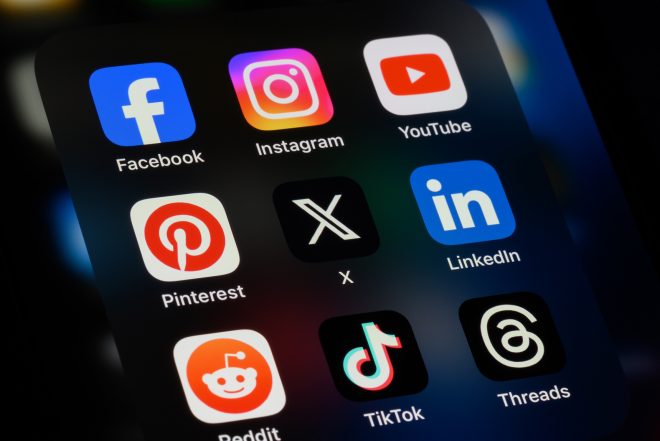The Social Media Platforms District and School Leaders Use to Get Their Jobs Done
Being plugged into social media platforms and the built-in communities that come with them is one-way district and school officials find the content they need to inform their day-to-day work.
Whether they’re researching products, searching for best practices in other districts, or networking with peers, district and school leaders, rely heavily on online forums to build their knowledge and collect ideas from others who are experiencing the same things.
But which social media tools are users going to most often when they’re hunting down ideas to help them on the job?
A recent EdWeek Market Brief survey asked which social media platforms school and district leaders go to when looking to gather information and to build their own professional networks.
This nationally representative online survey was conducted by the EdWeek Research Center in August of last year of 218 district leaders and 271 school leaders.
The results showed that overall, Facebook and YouTube are the most relied-upon resources when those K-12 leaders are looking for best practices from other districts and schools and for user reviews of education products they’re considering buying.
When district and school leaders search for best practices from other school systems, Facebook ranks the highest, with 27 percent of respondents indicating it’s their preferred social media platform, followed by YouTube at 18 percent, Twitter at 13 percent, and Instagram at 12 percent.
Facebook also ranked highest for user reviews, at 25 percent, with YouTube at 19 percent.
The reason why Facebook and YouTube remain popular social media platforms for district and school leaders may be due to a few different factors, said Elana Leoni, CEO of Leoni Consulting Group, which advises education companies on social media strategy.
Facebook provides a space for community through Facebook groups. And unlike a platform like LinkedIn, where job titles are prominently displayed, personal Facebook accounts may not reflect users’ positions within the school ecosystem.
“These are private groups where [district and school administrators] sometimes feel safe enough to comment if they’re having struggles,” Leoni said. “It’s important from a school leader perspective that they’re quite anonymous.”
Leoni added that administrators tend to be more risk-averse than educators when it comes to their social media presence.
“They navigate with caution and stick to platforms they may be more familiar with,” she said. “It’s about the comfort level and making sure they’re not putting themselves out there unnecessarily.”
It’s important from a school leader perspective that they’re quite anonymous.Elana Leoni, CEO, Leoni Consulting Group
The reason for YouTube’s popularity when it comes to searching for such content may be related to the intentionality behind why users visit social media platforms, Leoni said.
Users generally log onto platforms like TikTok, with its endless scrolling capabilities, to be entertained, she said. A platform like YouTube, by contrast, is geared toward allowing users to search for the type of content they want. District and school leaders are most likely going there because they have specific information that they’re seeking out — such as what other districts are doing well, and where they’re struggling.
Instagram is also slowly growing in popularity among district and school officials, Leoni said. She’s seen engagement pick up across the platform as more educators are using the app’s Reels function to communicate what a day in their life looks like and tout certain products they’re using.
According to survey results, just 8 percent of respondents use Pinterest for content related to best practices and for user reviews of products. The scant interest in the platform did not surprise Leoni.
“Pinterest is not really a social network,” she said. “It’s just a visual search engine, so that’s why more people probably use it for planning purposes — like planning lessons.”
In Search of a ‘Human Brand’
For education companies, the key to interacting with district and school leaders online is for them first to identify who they’re trying to reach, Leoni said.
Figure out which platforms they’re using, and then focus on showing up there consistently and building relationships to garner trust, she said.
Many ed-tech companies are used to short-term lead generation through paid advertisements. Social media is the exact opposite of that, she added.
District officials often go on social media to collaborate and commiserate with their peers, so it’s up to companies to find ways to interact in those spaces organically.
“You’re showing that you’re a human brand that cares about educators and that you’re there for the right reasons,” she said. She added that connecting with district and school leaders on social media is about “building credibility.”
Source: https://marketbrief.edweek.org/marketplace-k-12/social-media-platforms-district-school-leaders-use-get-jobs-done/




